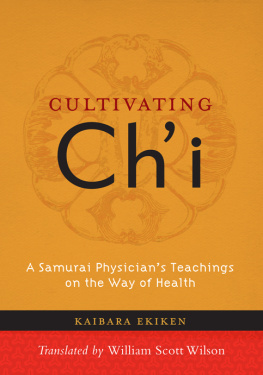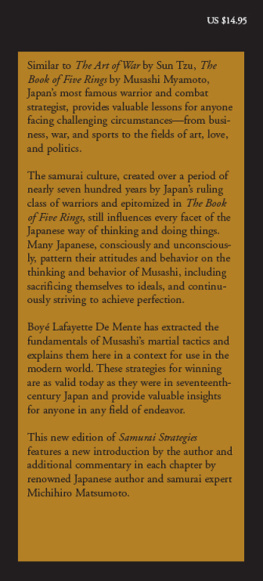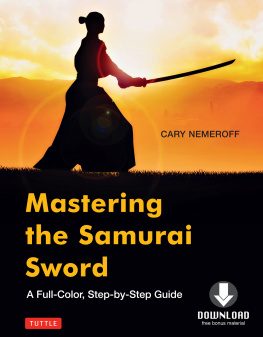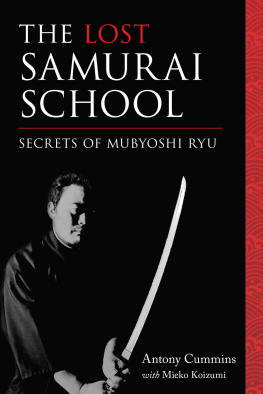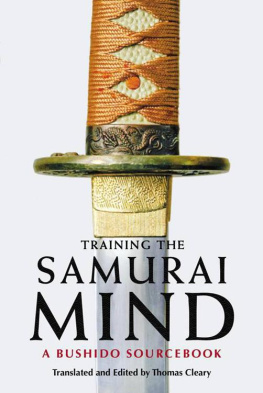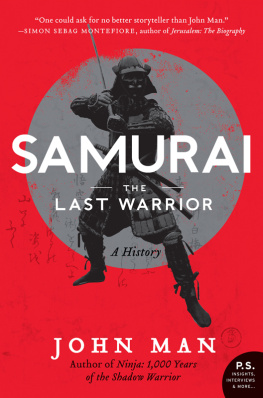
Zen
and the Samurai Art of
Playing Golf
Ulrich Nitzschke
Translated by
LINDA MARIANIELLO

A DIVISION OF MAOLI MEDIA PRIVATE LIMITED
Zen and the Samurai Art of Playing Golf
Copyright Text and Content: 2015 Ulrich Nitzschke
Copyright Illustrations: 2015 Klaus Holitzka
Design and typography 2015 Zen Publications
First Edition: May 2015
PUBLISHED BY
ZEN PUBLICATIONS
A Division of Maoli Media Private Limited
60, Juhu Supreme Shopping Centre,
Gulmohar Cross Road No. 9, JVPD Scheme,
Juhu, Mumbai 400 049. India.
Tel: +91 22 32408074
eMail:
Website: www.zenpublications.com
Cover & Other Illustrations: Klaus Holitzka
Book Design: Red Sky Designs, Mumbai
All rights reserved. No part of this book may be reproduced or transmitted in any form or by any means, electronic or mechanical, including photocopying, recording, or by any information storage and retrieval system without written permission from the author or his agents, except for the inclusion of brief quotations in a review.
CONTENTS
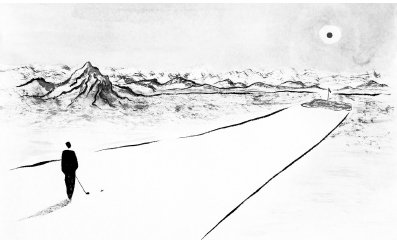

PREFACE
F or A Long Time, I have been intrigued by the question of how a person can learn to use conscious awareness to promote greater quality of life, success in life, or what is usually called happiness. I began by recalling my schoolboy encounter with the mysterious expression, Know thyself. But decisive inspiration only came in midlife. At that time, I became personally acquainted with humanistic psychology and began to practice Eastern methods of meditation. These, in turn, were connected to sporting activities in natural settings; namely, skiing and sailing. (Golf would come much later.)
And so, over the course of many years, another mental and spiritual path was revealed to me. It formed an arc from traditional Eastern wisdom teachings to contemporary and sports psychology and the latest practical counseling techniques. The objective of this book is to describe this path, using golf as a metaphor, and to accompany readers on a route that may bring them a little closer to true quality of life.
In doing so, I am relying on the experience and knowledge of numerous major historical figures. They span many centuries, beginning with ancient Chinese wisdom teachings and extending to important European and American exponents of contemporary psychology. I am particularly indebted to Karlfried Graf Durckheim and my Zen master, Gosung Shin. It was at the Durckheim School in the Black Forest that I was introduced to Initiation Therapy. At the American Zen College in Maryland, Master Shin lovingly and rigorously taught me meditation.
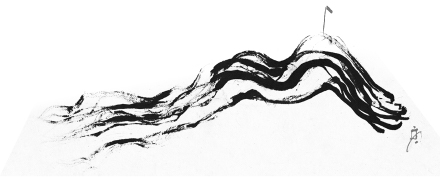
Regarding the mental side of golf, I am especially grateful to Tim Gallwey, who provided important insights and suggestions. His fantastic book, The Inner Game of Golf, opened my eyes to the psychological aspects of the sport. Other books that have served as inspiration are Zen Golf by Joseph Parent and Jenseits des Scores (EN: Beyond the Score) by Oliver Heuler. In my efforts to draw fascinating lines of comparison between golf and ancient Japanese martial arts, I found Deshi-maru-Roshis ZEN in the Martial Arts of Japan and my own Kyudo practice particularly helpful. For those of you who are not familiar with it, Kyudo is an ancient Japanese form of archery.

INTRODUCTION
My mother is a Buddhist. When a Buddhist seeks enlightenment, he must meditate and progress with the help of his consciousness.One thing she gave me was the ability to remain calm and to use my consciousness as my greatest source of support.
Tiger Woods, golfing legend
I am convinced that all truly great golfers know what a preeminent role consciousness plays, when it comes to top performance, victory and defeat. Yet they seem to keep this knowledge to themselves.They make very few public statements, at any rate, and are apparently rather reluctant to speak about the mental aspects of their sport. So its hardly any wonder that amateur golfers generally dont pay much attention to that side of the sport.One sometimes gets the impression that most of them try to discount everything that goes beyond pure technique, dismissing it from the outset as superfluous, senseless, or even suspect. Yet they unfortunately do not realize that, in doing so, they are throwing away a great opportunity; namely, the dual opportunity to take pleasure in their game and to fundamentally improve their performance at the same time.
Even amateurs are not free from the mental challenges that make golf such a difficult, yet fascinating sport. On the contrary! Incessant self-reproach, attempted explanations, whitewashing, and excuses can be heard from one end of the golf course to the other. And so anyone within earshot cannot help but feel that most people are engaged in an ongoing battle with these very challenges.
As a matter of fact, the moment we take a golf club in our hands, were playing two games at once: a physical and a mental one. All golfers take lessons and are, therefore, familiar with the former. We usually call it golfing skill (technique). We play this side of the game consciously. Thats because we try our best to put what weve learned into practice, guided by our own understanding and determination. By contrast, we mainly play the mental side of the game unwittingly. And so we call it the inner game, which distinguishes it from the visible, outer game.
A few professional golfers may gain something new from this book. But it is primarily geared toward amateur golfers and members of golf associations. Those of you who are overwhelmed by the many technical details presented in golf lessons will be emboldened to place more faith in your own intuition. If you are still looking for the secret to the perfect swing or the optimal club, this book may help you to let go of illusions. Golfers battling anxiety and insecurity will learn helpful ways to put them aside. And finally, many of us want to unravel the secret of why we remain faithful to the sport, despite the many disappointments and setbacks. These pages will get to the bottom of what keeps us coming back.

This book is a personal invitation to take part in an experiment. By participating in this experiment, you can only come out a winner. The rewards include genuine, lasting improvement in athletic performance and greater enjoyment of the game. In the end, deep satisfaction and serenity will spread to every area of your life.
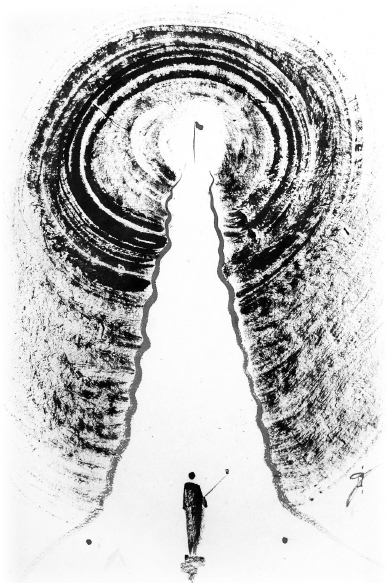
. By the inner game, we mean the stream of our thoughts and emotions. It begins the moment we wake up in the morning and only stops when we fall asleep at night. Our emotions incessantly unleash trains of thought and, by the same token, new emotions constantly arise from our thoughts. Like an invisible shadow, the inner game accompanies us in all that we do, whether at work, in our free time, in the company of others, or by ourselves. And it doesn?t matter whether things are going well or badly for us. The more psychic strain we are exposed to, the more this becomes apparent. And it?s therefore no surprise that were especially at its mercy when playing golf
Next page


